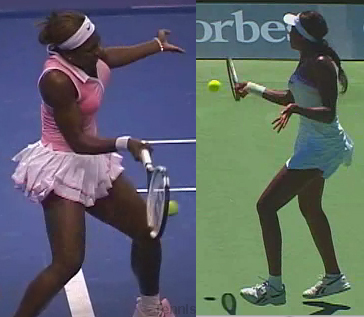Originally posted by carrerakent
View Post
Do you consider Hewitt the good or bad double bend?
I'm certainly happy to let it die, but I will remind you that you started the thread with this pronouncement:
"Has anyone ever asked why tennis players, coaches, and teaching pros think a bent arm is a rational way to hit a tennis ball?"
Now you are saying a bent arm is fine, as long as it involves wrist extension (not sure what that means). I have pretty much lost you completely so time to move on...





Comment